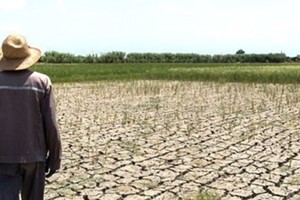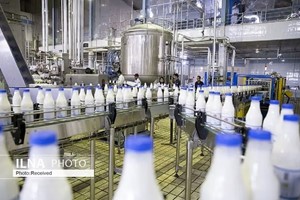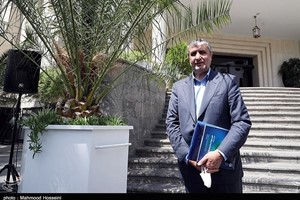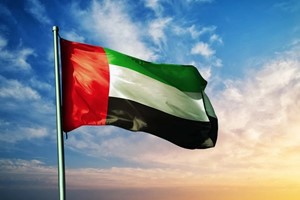The Iran-FAO project has been implemented since the beginning of the current crop year with the aim of increasing rainfed production sustainability in the provinces of East Azarbaijan, Ardabil, Hamedan and Kurdestan
Iran’s Agriculture Ministry has launched a joint project with the UN Food and Agriculture Organization (FAO) on sustainable agricultural production.
Director general of the ministry for essential products and grains, Faramak Aziz-Karimi, made the above announcement on Saturday on the sidelines of the First National Conference on the Joint Project held in the city of Maragheh, in cooperation with Iran’s Dryland Agricultural Research Institute (DARI) for increasing productivity and actualizing the potential of rainfed agricultural production, Tasnim News agency reported.
He noted that the Iran-FAO project has been implemented since the beginning of the current crop year with the aim of increasing rainfed production sustainability in the provinces of East Azarbaijan, Ardabil, Hamedan and Kurdistan.
Referring to the 20% reduction in rainfall in the country this year, Aziz-Karimi pointed out that despite the reduced rainfall, production can be increased using the latest knowhow of domestic and foreign researchers.
“Iran has more than 5 million hectares under rainfed cultivation, which yield over 6 million tons of crops annually,” Mozaffar Roustaei, the head of DARI, said at the conference.
Widening Agrifood Trade Deficit
Iran has been registering a growing deficit in agricultural and food trade, which stood at 17 million tons worth $13 billion in the last Iranian year (ended March 20), latest data released by the Agriculture Ministry show.
Exports stood at 7.77 million tons worth $5.21 billion, indicating a fall of 8.93% in tonnage and 2.29% in value compared with the year before.
Pistachio topped the list of exports in terms of value with $405.04 million, followed by dates with $315.48 million, tomato worth $314.72 million, milk powder worth $310.68 million and saffron worth $244.22 million.
In terms of tonnage, watermelon topped the list with 886,740 tons, followed by 678,600 tons of tomato, 625,820 tons of apple, 395,330 tons of onion, shallot and garlic, and 363,760 tons of dates.
Imports stood at 25.21 million tons worth $18.39 billion, indicating a 17.47% fall in weight but a 7.45% increase in value.
Corn worth $3.26 billion had the biggest share of imports in terms of value, followed by different kinds of vegetable oil worth $2.53 billion, rice worth $21.33 billion, wheat worth $2.01 billion and GM soybeans worth $1.97 billion.
In terms of tonnage, corn topped imports with 8.08 million tons, followed by wheat with 4.45 million tons, followed by GM soybeans with 2.54 million tons, barley with 2.37 million tons and rice with 1.77 million tons.
The decline in exports and rise in imports come as Iran Chamber of Commerce, Industries, Mines and Agriculture had warned agricultural officials about the impact of drought, saying it would cripple the country's agricultural activities and hamper economic growth in this sector.
The chamber said precipitation levels have fallen drastically.
The Majlis Research Center also released a list of Iranian provinces in a critical state of water shortage: Isfahan, Hormozgan, Sistan-Baluchestan, Ardabil, Fars, Markazi and Khorasan Razavi.
"Drought has inflicted 670 trillion rials [about. $1.3 billion] in losses on Iran's agriculture sector since the beginning of the current crop year," Mohammad Mousavi, director general of the Agriculture Ministry's Crisis Management Department, said in June 2021.
Masoud Khansari, president of Tehran Chamber of Commerce, Industry, Mines and Agriculture, had earlier said Iran is likely to lose 70% of its agricultural lands in future.
"Experts have sounded the alarm about this grave danger but so far little attention has been paid to this challenge," he wrote for the Persian economic daily Donya-e-Eqtesad.













